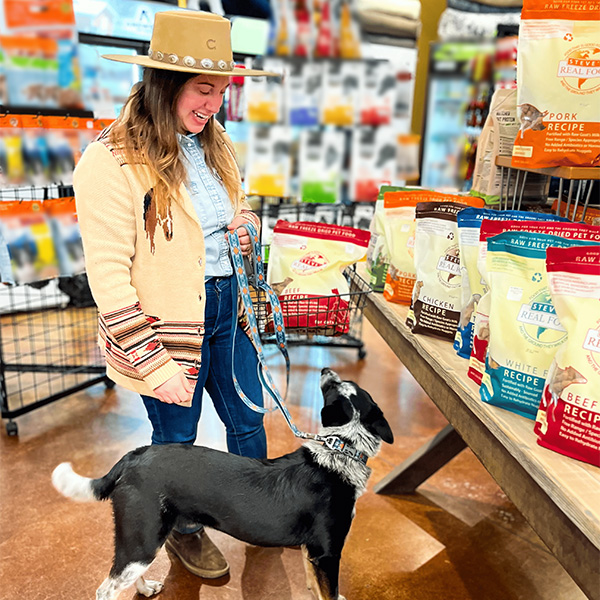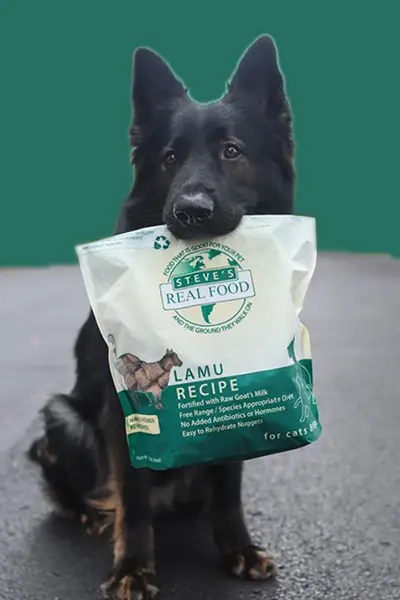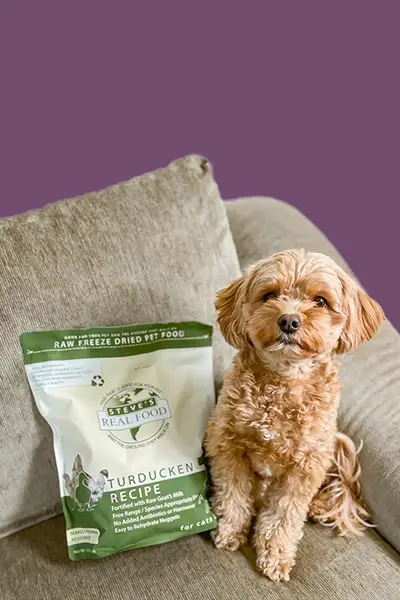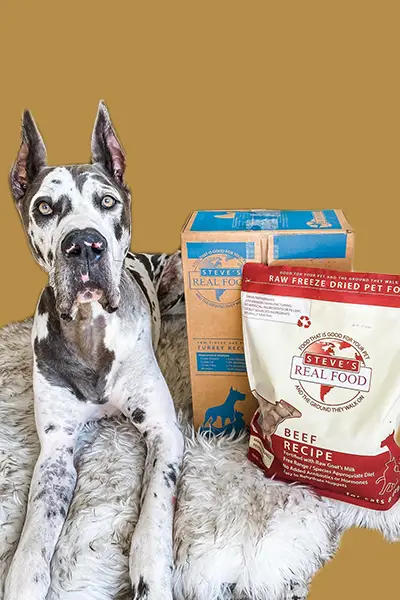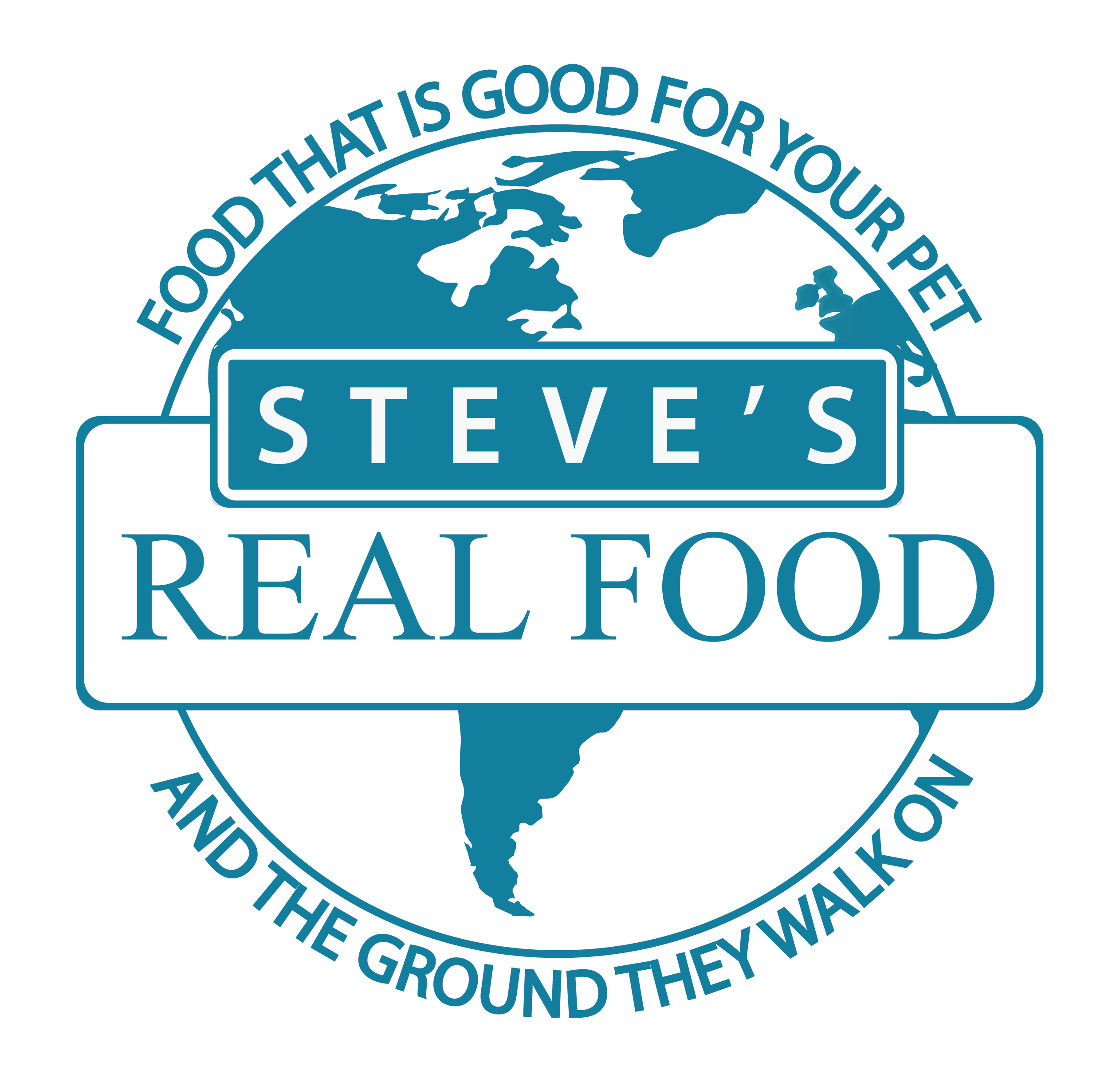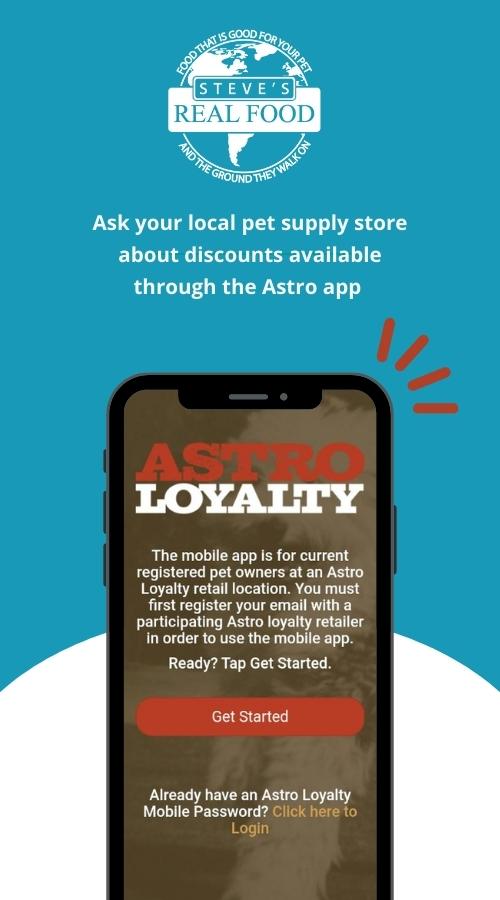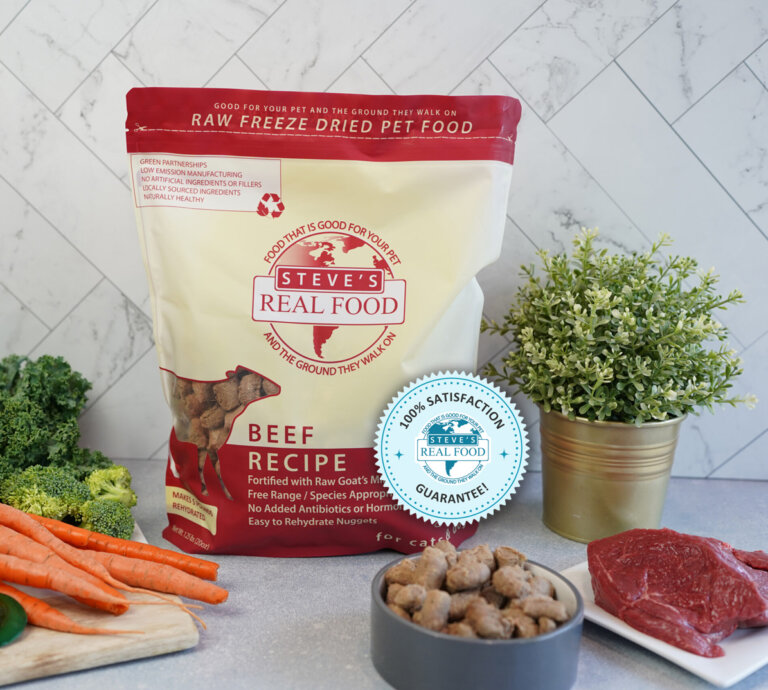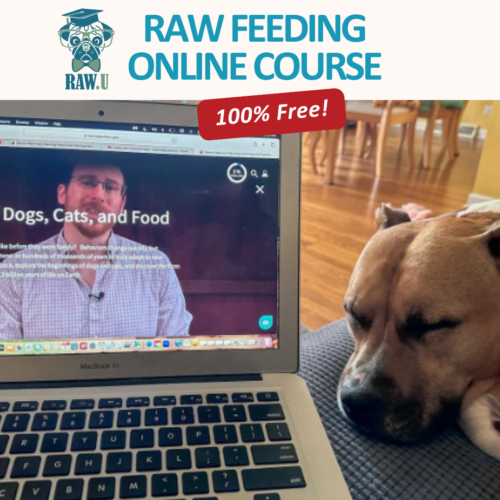If you are the type of person who is feeding (or considering feeding) raw pet food, you probably are already conscious of the effect nutrition can have on your pet. Nutrition is the foundation of why raw diets work – raw food is unspoiled by processing and heat, allowing it to retain as many nutrients as possible in an easy-to-digest way for your pet. So it will probably come as no surprise to you that common sense and the international scientific community agree that keeping your food as close to nature as possible is kind of a good idea.
That means using food that comes from the earth and not a laboratory. One of the growing outrages of the American public at the moment is the powerful lobby that pharmaceutical and biotechnology companies hold over our government, allowing them to control what we eat, and worse – our right to know what is in the food available to us. Why do I say worse? Because knowledge is the key to voting with your pocketbook, which is the one thing large corporations will listen to. And without the right to know whether your food is laden with chemicals, pesticides, and GMO’s, you are incapable of showing them with your dollar where your opinions lie.
With dog food, this is no different. If you are currently feeding a kibble and thinking of switching to raw, the information you learn from raw food advocates may come across as scare tactics designed to convince you to buy a product. Unfortunately, we don’t need to put a spin on it to convince you to switch. The facts themselves are scary enough, and the reality is that big box stores sell cheap pet food that is full of chemicals, animal byproducts (including kill-shelter cats and dogs), skunks and raccoons, GMO corn and soy, and renderings unfit for human consumption. They have enough nutrition to sustain life, but evidence shows that, like humans, full bellies can belong to nutritionally starving pets.
What Are GMOs?
GMO’s are a big part of the problem, and knowledge is the key to the solution. So what are GMO’s, and why should you care about avoiding them?
According to Wikipedia, “A genetically modified organism (GMO) is any organism whose genetic material has been altered using genetic engineering techniques.” According to the US Department of Agriculture, by 2012, 88% of corn grown in the USA and 94% of soy was genetically modified. The majority of these crops are designed and owned by Monsanto, the biochemical giant, and have been genetically altered to grow bigger, faster, and to be “Roundup-Ready”, meaning that they can resist the pesticide produced by Monsanto that would kill any other plant living – a pesticide that is, among other things, rapidly depopulating the earth of a non-resistant and crucial part of the eco-system: honeybees.
If this doesn’t worry you, maybe it should. Corn is the number one ingredient in kibble, (and in many human foods) because it is heavily subsidized by the US government and so can be grown cheaply by farmers. Yet as prevalent as it is in our food, the largest buyers of corn in the US are not food manufacturers, but large-scale meat companies that feed their animals an unnatural, corn-based diet, which their bodies were never designed to eat. This translates into a decrease of nutritional value in the meats you and your dog eat. Nutritionally deficient cows = nutritionally deficient meat. The rise of chronic disease, cancer, infertility, anxiety/depression, ADHD, obesity, and many more diseases can be linked back to nutritional deficiencies and hormonal imbalances that come from eating cheap foods manufactured with an eye on the dollar and not on public health.
But GMO’s Are Safe, Aren’t They?
Well, they were approved by the FDA, but it is scary that GMO’s were never fully studied for safety in human or pet food. The FDA accepted short-term studies funded by companies with a vested interest in producing GMO’s – studies that showed no negative effect. These studies were not peer-reviewed by disinterested parties at the time, and current third party studies and longer term studies are beginning to show links to kidney damage, shorter life spans, infertility, mammary tumors, and more. Articles that claim this isn’t true cite ‘long-term studies’ – of 90 days up to 2 years. This is hardly adequate to judge the effects of 90+ years of consumption in the average human. Oh, wait – obesity and chronic diseases means that our kids are the first generation in centuries expected to live shorter lives than their parents, so let’s knock that number down to 75. That is just in humans. Those two-year studies can’t even give us adequate results for our pets’ lifespan of 10-15 years. In essence, GMO’s are considered safe by the FDA despite the lack of research and are not regulated any differently than natural foods. Click on the photo below to get an idea of why this might be…
If the government will not step in, it is up to the general public to defend itself against these attacks on our health. The good news is people are stepping up and the movement is growing. The Non-GMO project, the increase in awareness, and the growing demand for Organic food is fueling the only change American culture will react to – the dollar. As demand grows, large corporations are increasing their focus and production on products that are certified to be free from these GMO’s and pesticides – a clear sign that you are not alone in your disapproval. Corporations are realizing there is money to be made here and are adapting their products accordingly. Conversely, companies that are founded on GMO’s and chemicals are seeing their profits spiraling downward, and institutions as iconically American as McDonalds are scrambling to try to revamp their fast food image as consumers run the other direction.
The Disappointing Reality of Labeling
Unfortunately, for some corporations that refuse to truly understand the market, this just means adjusting their labels, rather than making any real change. The FDA has very little ability to enforce proper labeling, as anything claimed to be a ‘trade secret’ can be left off the federally mandated food label. Some companies have realized the market for ‘freshness’ and ‘natural food’ and are changing to green packaging, slapping on the word ‘natural’ (which has no regulated meaning or standards) and calling it good without improving their product at all. So it is important to know what different labels mean.
When looking at pet food for your dog, remember that corn- and grain-free are best. The number one ingredient should be meat, and it should be identifiable meat, such as chicken or pork. Even better if it tells you exactly what part of the animal it is, such as beef hearts or pork loins. You should be able to recognize every ingredient on the list, as GMO Soy can be hidden under a number of different names. Finally, if they can’t explain the ingredient in an easy to understand way, it may be bad for your pet. If you are just starting into the world of educated label-reading, this is a good starting point.
Smartphones are your best friends in this day and age, as you can quickly look up an ingredient to see if you really want it in your pets’ body (or yours!) before you purchase. It is worth the time to stand there for twenty minutes at the store looking at an ingredient list if it will save your pet from cancer later, and it is worth paying a little more at the pet store to save on vet bills in the long term. Not only will your pet be happier and healthier, but you will save money and improve their quality of life when you consider thoroughly what you are feeding your pet, and take the time to educate yourself on the risks and benefits of different pet foods. Of course, if you have read this far, you are clearly doing your research, so good job, pet parent! Cheers to your beloved pet!
 Beef
Beef Chicken
Chicken Whitefish
Whitefish Pork
Pork Lamb
Lamb Turkey
Turkey Turducken
Turducken All Protein
All Protein Beef
Beef Chicken
Chicken Whitefish
Whitefish Pork
Pork Lamb
Lamb Turkey
Turkey Duck
Duck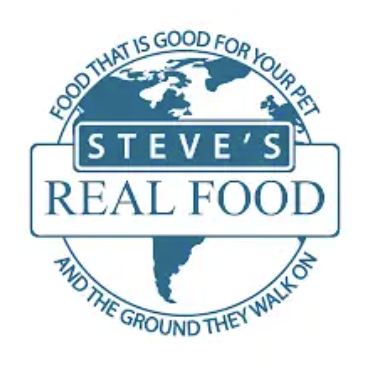 All Products
All Products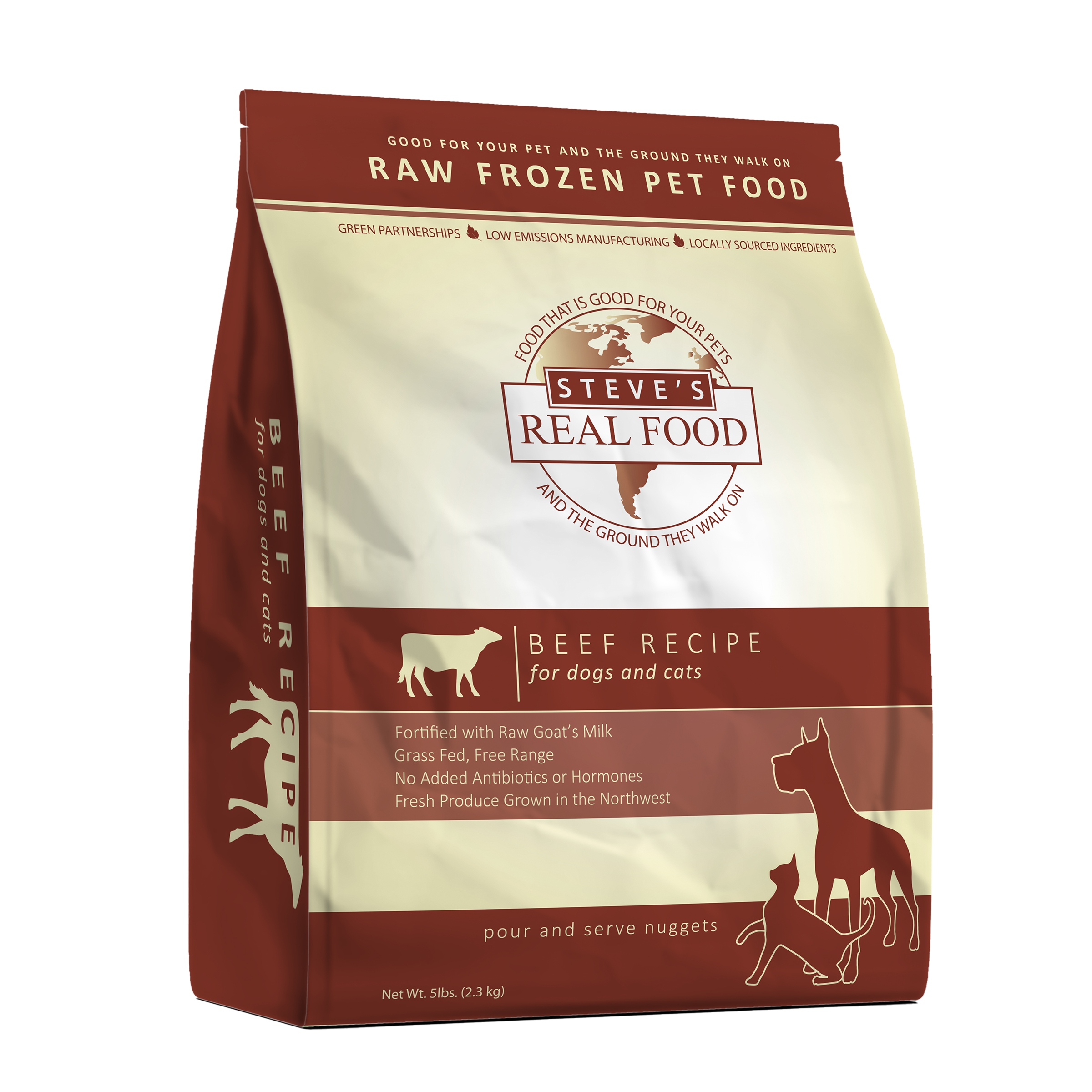 Frozen Raw Pet Food
Frozen Raw Pet Food
 Freeze Dried Raw Pet Food
Freeze Dried Raw Pet Food
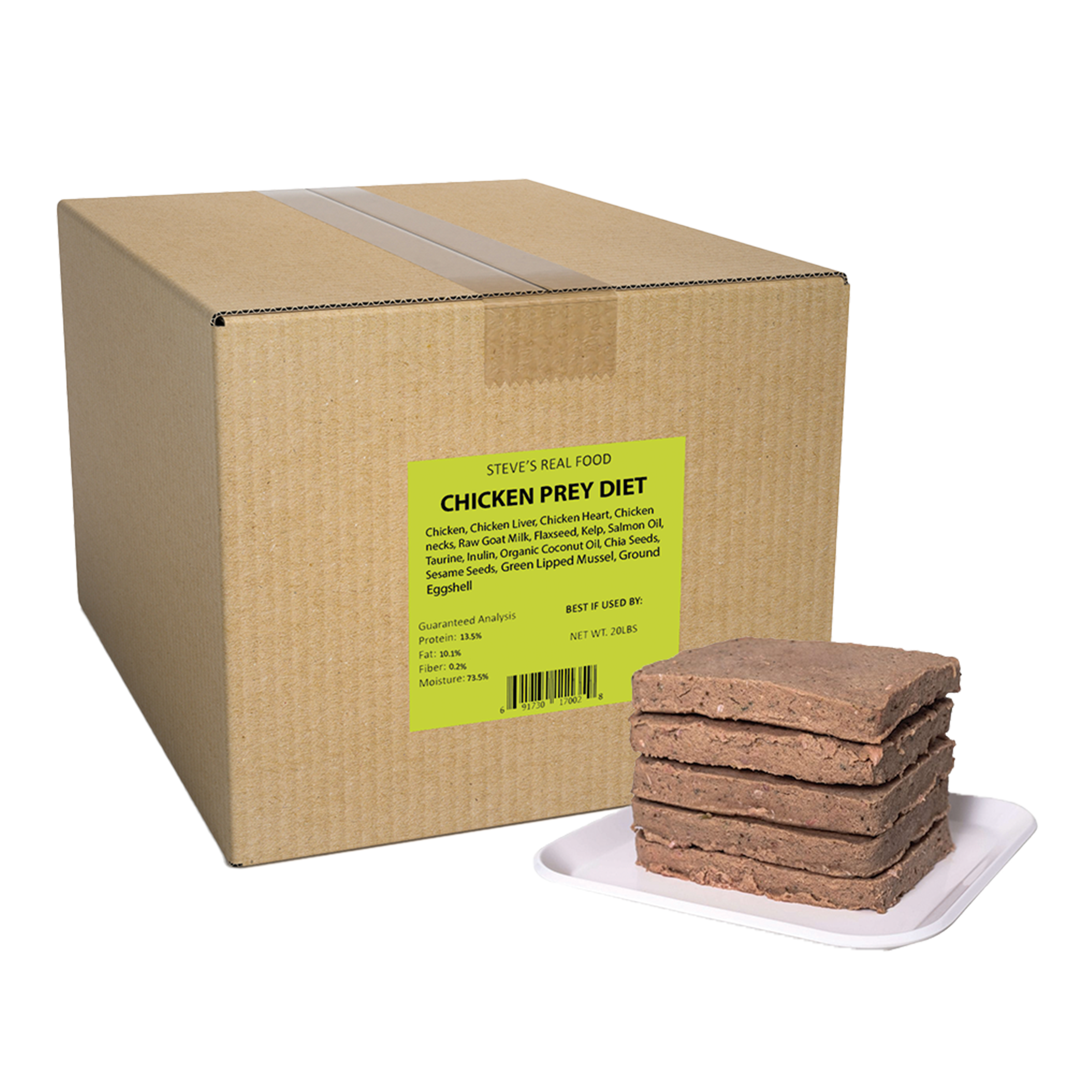 Frozen Prey Diet
Frozen Prey Diet
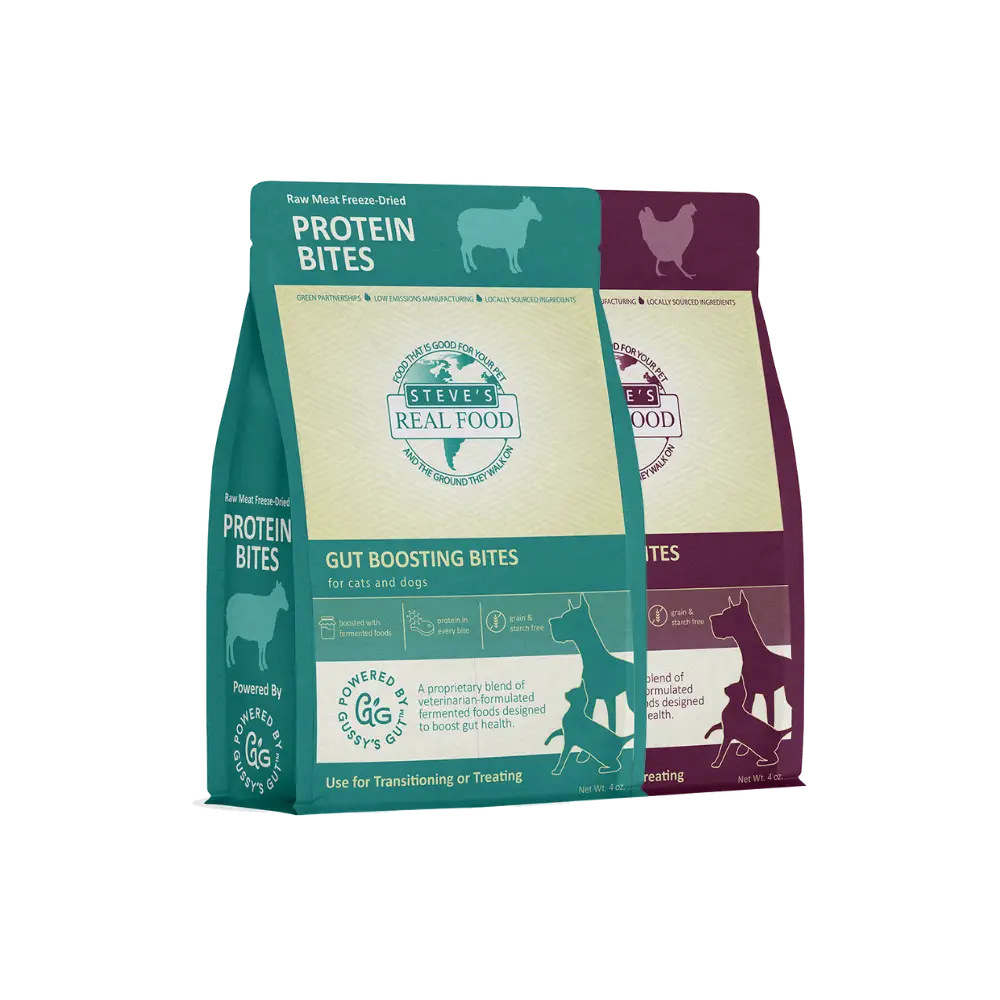 Freeze Dried Protein Bites
Freeze Dried Protein Bites
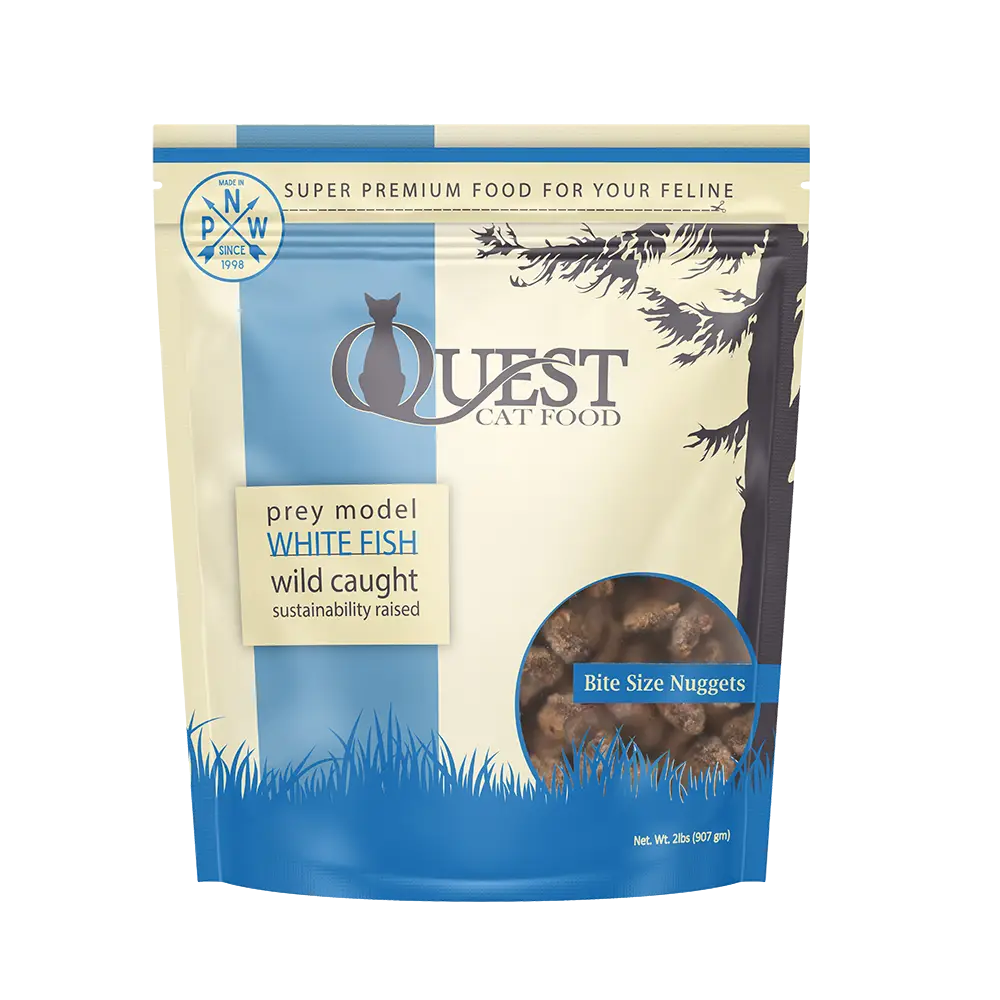 Frozen Quest
Frozen Quest
 Freeze Dried Quest
Freeze Dried Quest
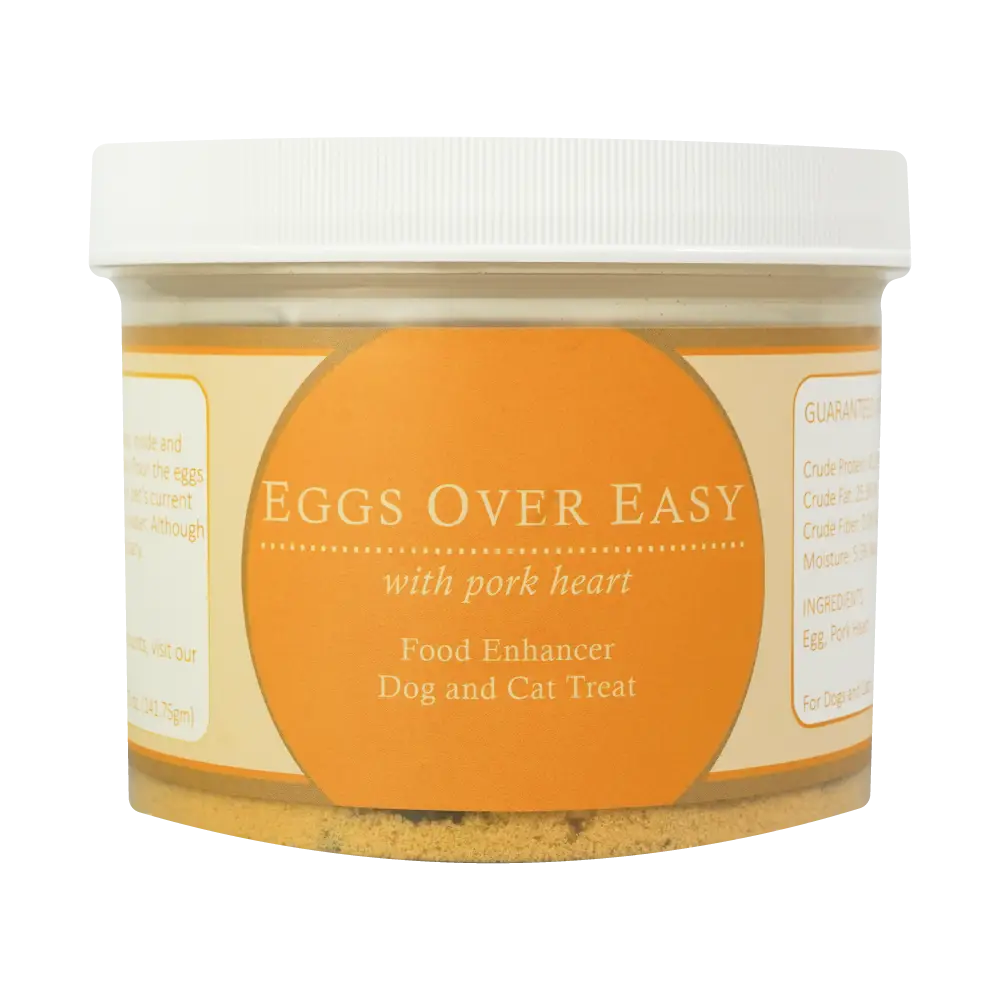 Eggs over Easy
Eggs over Easy
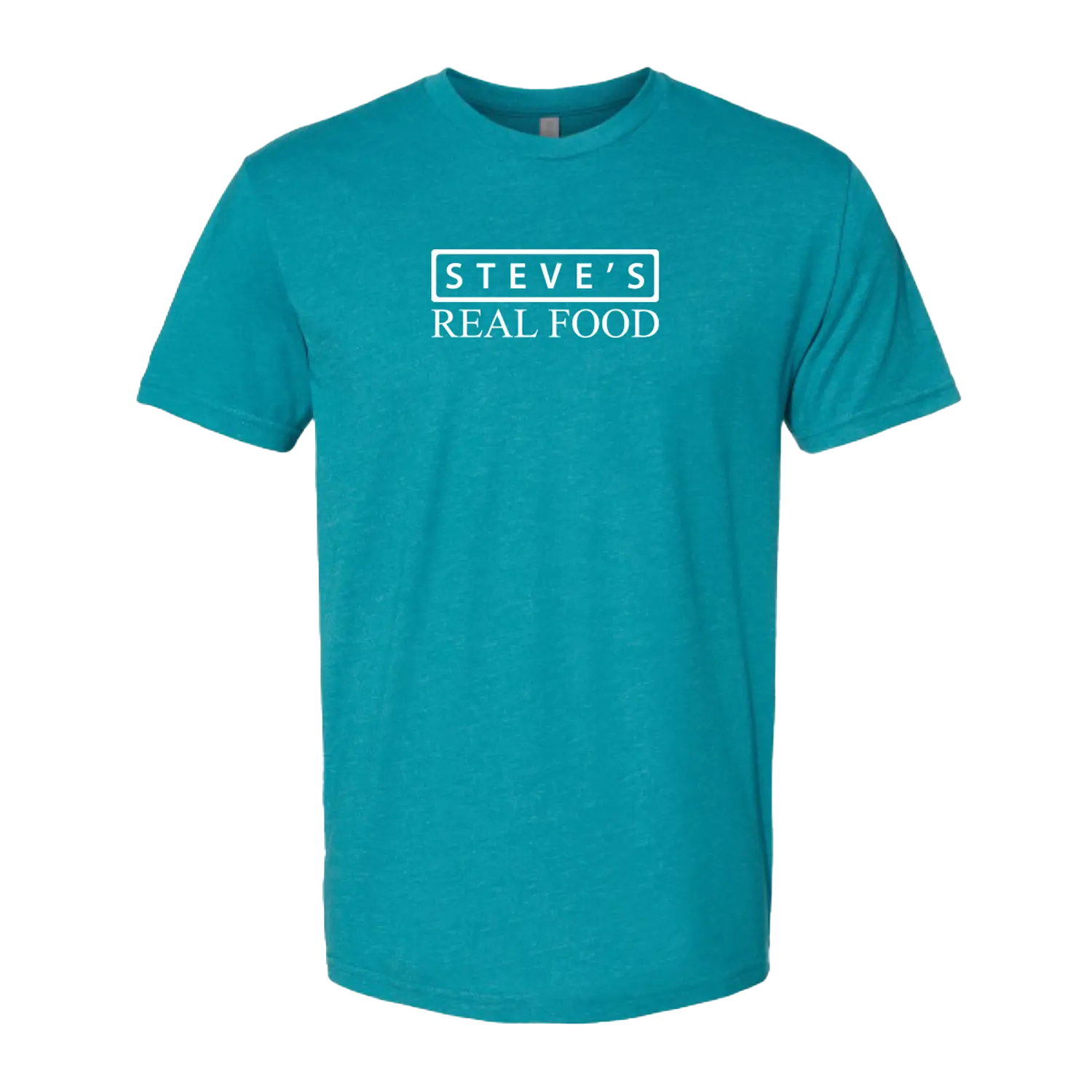 Steve's Merch
Steve's Merch 